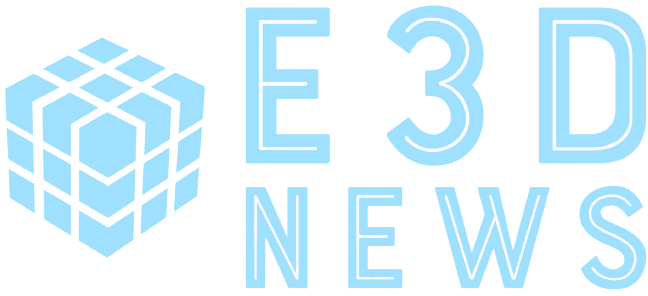Book banning is back in style. According to Pen America, school districts in 26 US states have banned or are investigating banning a number of books. They have compiled an index of these banned books and reported that most of these actions took place in Florida, Pennsylvania and Texas.
Banning books is almost as American as apple pie, starting before independence with a book which took aim at the Puritan. But book banning really came into its own on a national scale when the Confederacy banned Uncle Tom’s Cabin, and banning books which challenge people’s notion or race or class is still quite popular today. The present wave of book banning seems focused on political hot buttons like racism, sexism, and LGBTQ issues.
But teachers and librarians are fighting back in unusual ways. Sydney Rawls, a teacher in Tennessee, went viral on TikTok as she was using her weekend to remove banned books from her classroom. She pointed out that not only did she have to do this on her own time, but her students wouldn’t even be able to read the non-banned books once school started because the remaining books still had to be vetted again by parents.
Librarians in Texas have started a Twitter campaign called #FReadom to highlight the battle against banned books. Their twitter feed has become a rallying point for information on book banning.
Summer Boismier, a teacher in Norman, Oklahoma, was put on leave for informing her students about Brooklyn Public Library’s Books Unbanned site which allows students to read banned books. Boismier eventually resigned.
Note: Books Unbanned’s free library card is usually limited to students in New York but recently expanded to all individuals between 13-21.
Even parents are fighting back. In Kansas, parents have started a go fund me campaign to buy banned books and put them in Little Free Libraries.
There are limits to what can be done to combat this wave of book banning but creative thinking and technology can help. There is no real way to ban students from technology and the internet so the more information that can be spread the better.
More Stories
Tutoring as a part of teaching / Everything comes back to money
One of the difficult things with education is our reliance on a “one size fits all” model. We have for...
Justin Reich on Learning Loss, Subtraction in Action, and a future with much more disrupted schooling
Justin Reich is an education and technology researcher and the director of MIT’s Teaching Systems Lab. He hosts a podcast...
Public K-12 Enrollment is falling and that is dangerous and exciting
A surprising result of COVID and the resulting school closures is that many parents, after struggling to figure out how...
Esports could help re-diversify a shrunken curriculum
Esports and schools feel like a pretty strange fit. Regular sports have always gone with schools, but adding esports still...
Review of “How to Raise Successful People” by Esther Wojcicki
This is an interesting book with the perspective of a unique person that ultimately falters because of the blind spots...
SIGGRAPH at 50
SIGGRAPH , the premier conference on computer graphics education, held its 50th event last week in Los Angeles. Back in...
